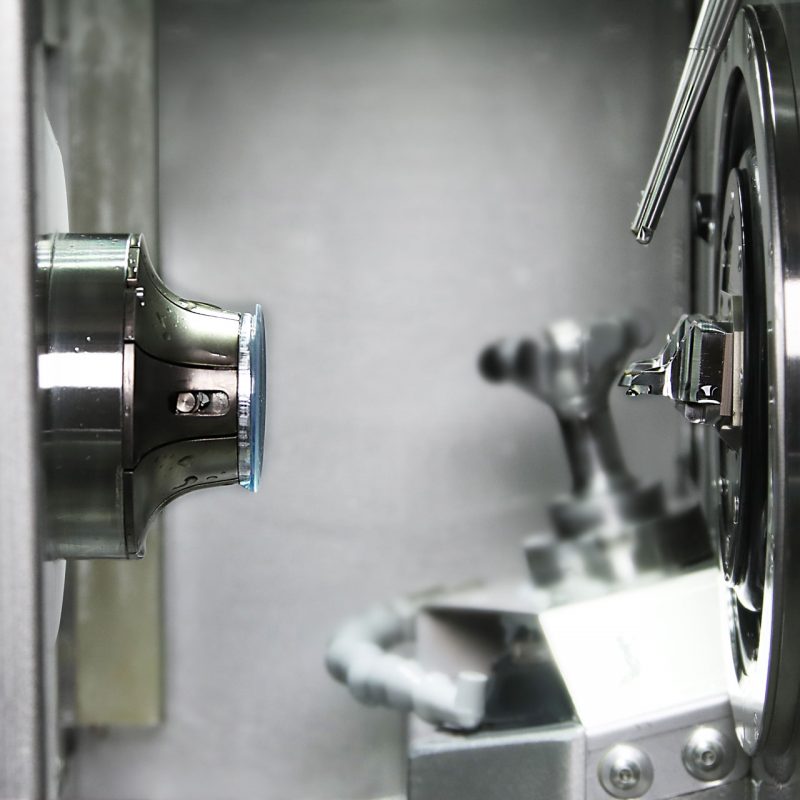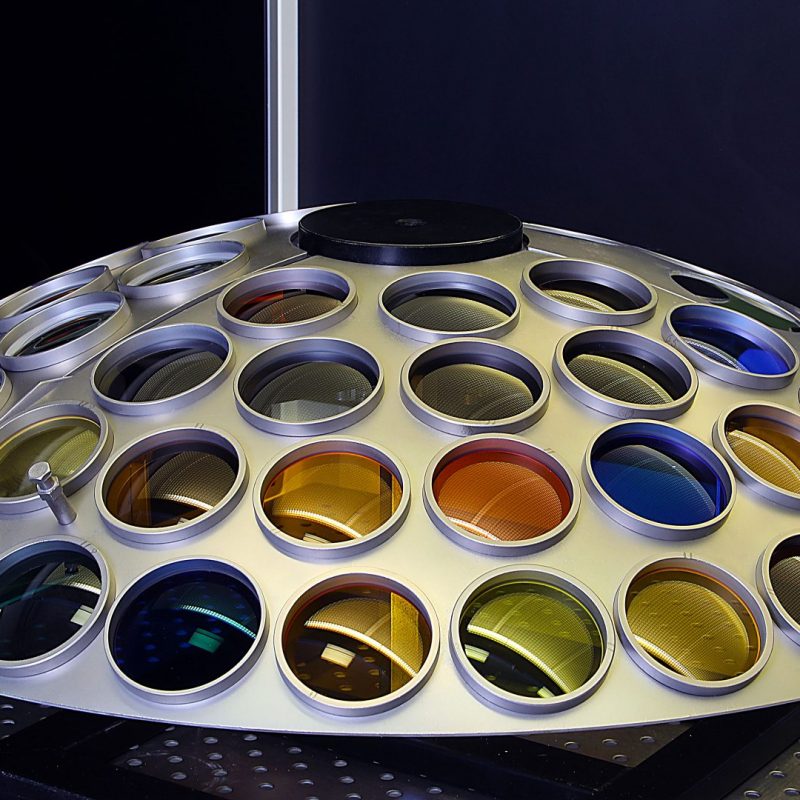Technology
Freeform technology
OPHTHALMICA has been producing innovative freeform lenses for more than 10 years. Freeform surfaces are optical surfaces whose parameters follow no specific mathematical rule and constantly change. They are increasingly found in technical products, e.g. in the automotive, aircraft or shipbuilding industry. The aim is to improve the visual performance through higher surface accuracy.
Since the mid-2000s, the freeform technology has also been used in the production of eyeglass lenses. The freeform technology enables the production of spectacle lenses, which takes into account very individual data and parameters of the spectacle wearer. Visual quality and performance, especially for progressive lenses are significantly improved.
The pre-condition for the production of such surfaces are innovative software programs and the use of high-quality precision machinery. The key criterion of precision and quality is the corresponding state-of-the-art measurement technology.
For the production of our premium progressive lens series, pupillary distance (PD), vertex distance (VD), pantoscopic tilt (PT) and frame wrap angle (FWA)/bow angle (BA) can be included in the calculation and production.

High-Vacuum Anti-reflection coating
The most complex and technical operation is the coating of the lenses to reduce disturbing light reflections and glare.
The OPHTHALMICA AR-coatings are known for its highest quality and longest durability. Technologically sophisticated, a spectacle lens coating consists of up a to 8-extra-thin-layer package, each of which is only a few nanometer thick. These layers are applied on the front and back of the lens and ensure a superior transmission of the light.
The first layer of every lens is a hard coat (up to 2.5 micrometers), which makes the glasses more resistant to scratches. The subsequent layers are hydrophobic, oil repellent and anti-reflective. They improve drastically the cleanliness and the aesthetics of the lenses.
Coating in vacuum box coaters
Coating a spectacle lens requires a high technology process and takes place in high vacuum box coaters. To guarantee high quality and superior performance coatings, OPHTHALMICAs nanometer-thick layers are successively applied onto the surfaces of the lenses. The entire process operates at extremely high temperatures up to 1,400 degree Celsius.
Why is this process happening in a high vacuum box coater? First, the "vacuumed" coating chamber ensures a collision-free evaporation of the material components onto the lens surfaces without touching any atmospheric components in normal air such as oxygen and nitrogen atoms. Secondly, the necessary melting process temperature can be reduced to energy-saving approximately 1,400 degree Celsius.
An uncoated lens typically has a residual reflection of up to 12% - on the front and back side. In order to reduce the disturbing residual reflections to a required minimum, the Anti-reflection coating layers are applied so that the reflective light beams neutralize each other.
Therefore, with our premium Anti-reflective coatings, we achieve a transmittance of > 99.5%. This means, less than 0.5% of the light gets reflected on the surface.

Innovation & technological cooperation
OPHTHALMICA manufactures its lenses on state-of-the-art machines and strives to always improve its products and Anti-reflective coatings. This wouldn’t be possible without the passionate dedication of our employees, who provide our optician partners with the best services by creating innovative lenses, new Anti-reflective coatings or new filter lenses.

On the research side, OPHTHALMICA acts as the technology partner of the Brandenburg University of Technology. As a partner for the ophthalmic technology degree student program, OPHTHALMICA works closely with the faculty and develops research and practice projects in the field of optical and ophthalmic technologies.